Kallanai Dam (Grand Anicut)
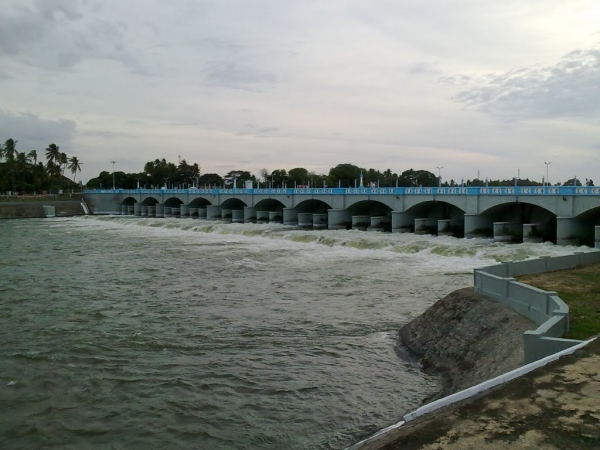
Contents [show]
Location Description
Kaveri River Delta
Project Location
Historical Context
The Kallanai Dam was “[built] during the second century AD by Karikalan, a king of southern India's old Chola Dynasty” and “is also one of the oldest irrigation systems in the world that is still in use” (Agoramoorthy and Hsu, 2008). “The purpose of the dam was to divert the waters of the Kaveri across the fertile Thanjavur delta region for irrigation via canals. Since the English arrived in the eighteenth century, the Kallanai has been tampered with and other hydraulic structures have been added nearby. It is therefore difficult to extrapolate from the current situation into the past to understand the workings of the anicut” (Bijker, 2007). Figure 1 shows the current state of the dam.
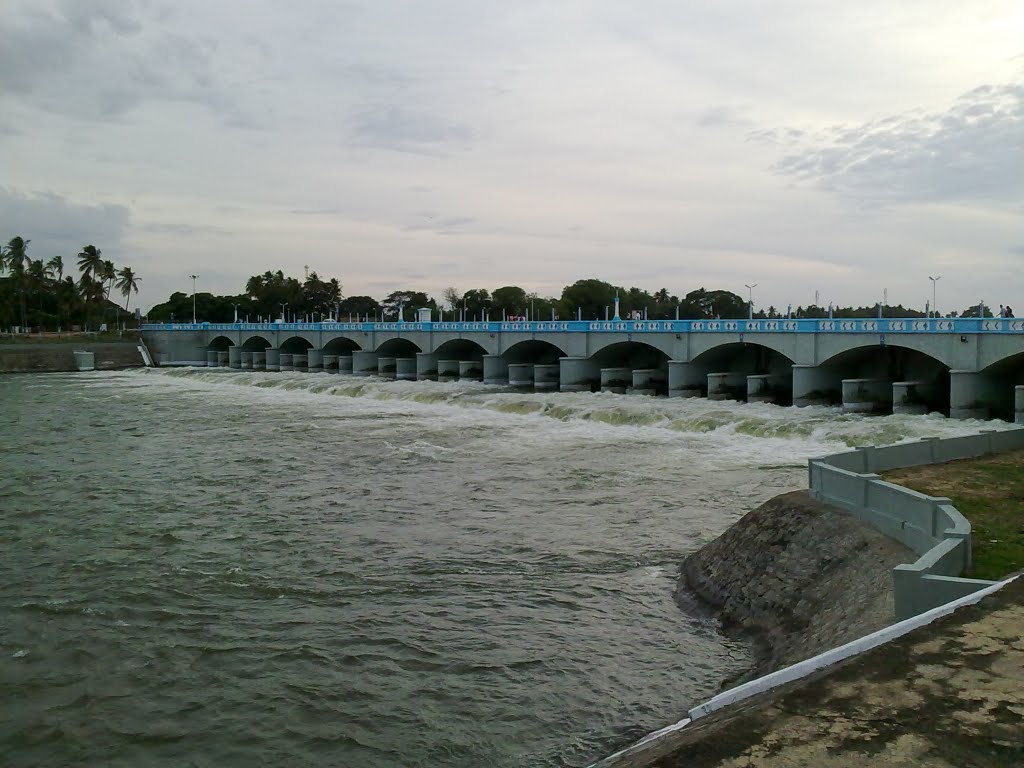
Approximate Year of Completion
c. 200 AD
Duration of construction
The author was not able to locate the duration of construction for the Kallanai Dam.
Project description
The Kallanai Dam is a simple check dam (Agoramoorthy and Hsu, 2008). Check dams are “small barriers using stones, cement, and concrete built across the direction of water flow on rivers to harvest rainwater in remote villages” and “are usually smaller than 15 m” (Agoramoorthy and Hsu, 2008). The Kallanai in particular “is an anicut of unhewn stone that stands in the Kaveri parallel to the riverbank; it is more than 300 meters long, 20 meters wide, and 4.5 meters high” (Bijker, 2007). It is believed that Kallanai initially irrigated about 69,000 acres, though it now irrigates close to 1 million acres (Arulmani). Because the Kallanai has been altered after the 1800s, it is difficult to understand more about its construction (Bijker, 2007). However, “[in] her pioneering study, [Dr. Chitra] Krishnan combined historical studies of old descriptions of the anicut from a variety of archives with archaeological and anthropological field surveys and original hydraulic research. This enabled her to piece together a picture of the Kallanai…” (Bijker, 2007). “Krishnan’s reconstruction suggests that the original Kallanai had some very peculiar design features: the curved shape of the masonry section, a sloping crest, and an irregular descent from front to rear” (Bijker, 2007), which is shown in Figure 2.

Construction details/observations
The Kallanai was built to divert floods from the Kaveri branch of the river into the Kollidam branch “via a short connecting stream” “when the water level in the river rose above its crest” (Bijker, 2007). The Kollidam “was the wider (also the steeper, straighter, and hence faster) of the two [river] branches, and…the flood carrier. It was barely used for irrigation. Almost all of the 600,000 acres irrigated by the river in 1800 were delta lands south of the Kaveri branch. So the Kaveri branch was the lifeline for delta farmers, while the Kollidam was of little consequence for them” (Bijker, 2007). Once the floods were diverted to the Kollidam, they “[flowed] directly to the sea, causing minimal damage to agriculture” (Bijker, 2007). Figure 3 shows the relation between the Kollidam and Kaveri (labeled “Cauvery”).

Other significant comments
In her analysis of anicut practices in India, Chitra Krishnan concluded “ that the old anicuts worked so well because they sophisticatedly reshaped water currents and sedimentation processes, rather than trying to control all natural elements by force” (Bijker, 2007).
Sources and references
Agoramoorthy, G. (2008). "Can India meet the increasing food demand by 2020?" Futures, 40(5), 503-506.
Agoramoorthy, G., and Hsu, M. (2008). "Small size, Big Potential: Check Dams for sustainable development." Environment (Washington DC), 50(4), 22.
Arulmani, M., and Latha, V. R. H. (2014). "The Global Politics?...A New Theory on "Universal Dam"." American Journal of Engineering Research, AJER, 3(7), 66.
Bijker, W. E. (2007). "Dikes and Dams, Thick with Politics." Isis, 98(1), 109-123.
Project Id
RPM-02-14
Selected Topics
Want to read more like this?
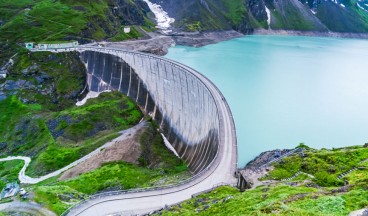
From Aging Infrastructure to Extreme Rainfall: The Growing Importance of Dam Structural Engineering
Oct, 07, 2024 | NewsDams have been integral to human civilization for centuries, playing critical roles in water storag...

Sanchi Dam and its Two Smaller Dams: Karondih and Dargawan
Jan, 22, 2015 | EducationLocation Description Sanchi, India Project Location 23.484030427299185LOL77.74234771728516 Historica...
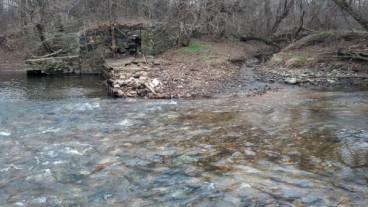
Life After Dam Removal, Rivers Respond Quickly
Apr, 30, 2015 | NewsA study performed by the U.S. Geological survey and published in Science reveals that rivers respond...

Largest Dam Safety Project in USACE History. Tackling the problem of ageing dams.
Jun, 12, 2024 | NewsAt the end of 2023, contractors from ten construction and engineering firms gathered at the Garriso...

Largest dam removal in US history reaches important milestone
Jan, 11, 2024 | NewsThe largest dam removal in the history of the United States is currently taking place on the Klamat...

60-foot crack appears on rural Utah Panguitch Lake Dam
Apr, 08, 2024 | NewsA 60-foot-wide and 2 to 5-foot-tall crack was identified at rural Utah’s Panguitch Lake Dam, on the...

The Engineering Marvel of Hoover Dam: Shaping the Southwest
Sep, 13, 2024 | NewsIn the early 20th century, the U.S. Bureau of Reclamation embarked on a monumental engineering proj...

The Hoover dam reaches all-time low water level
Jun, 22, 2021 | NewsHoover Dam, one of the most iconic dams ever constructed, has reached its lowest water level in his...

India sets plan to create world’s longest river to reduce floods and droughts
Jan, 17, 2017 | NewsScientists warn about serious consequences on ecosystems and coastlines Scientists warn about ser...
Trending

Gauss's Area Calculation Formula

Calculation example - Three Point Resection

Calculation example - Determine the water content within a soil sample

Kallanai Dam (Grand Anicut)
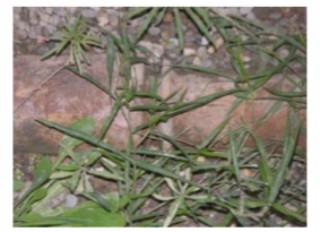
Minoan Water Harvesting and Distribution (Terracotta Pipes)
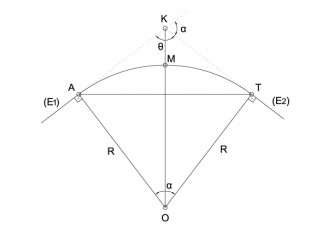
Calculation example – Road design– Circular arc implementation

Calculation example – The intersection method

